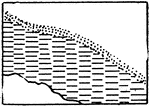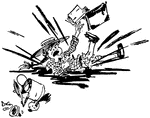Clipart tagged: ‘mud’

Dredge
Dredging, the excavating or scooping out of soil, mud, sand or rock under water by a machine called…

Mud Guard
Used in combination with the vehicle fender to protect vehicle passengers, other vehicles, and pedestrians…
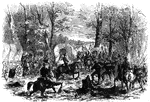
Lick Creek Bottom
"Advance of Federal troops on Corinth- the Carnival of Mud- scene at Lick Creek Bottom, between Pittsburg…
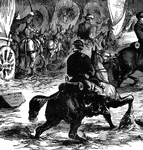
Lick Creek Bottom - Horse and Rider
"Advance of Federal troops on Corinth- the Carnival of Mud- scene at Lick Creek Bottom, between Pittsburg…
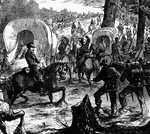
Lick Creek Bottom - In the Mud
"Advance of Federal troops on Corinth- the Carnival of Mud- scene at Lick Creek Bottom, between Pittsburg…
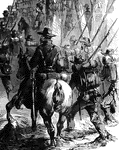
Lick Creek Bottom - Marching through the Mud
"Advance of Federal troops on Corinth- the Carnival of Mud- scene at Lick Creek Bottom, between Pittsburg…

Mud-tortoise
Averaging six inches in length, the mud-tortoise is evenly distributed throughout the United States.
Progressive Overlap
Section to show normal progressive overlap of the formations and their shoreward change from muds to…
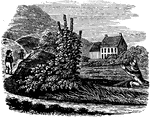
The Longest Way Round, is the Shortest Way Home
"These two boys have just been let out of school, and are returning home. Their father's house is seen…
